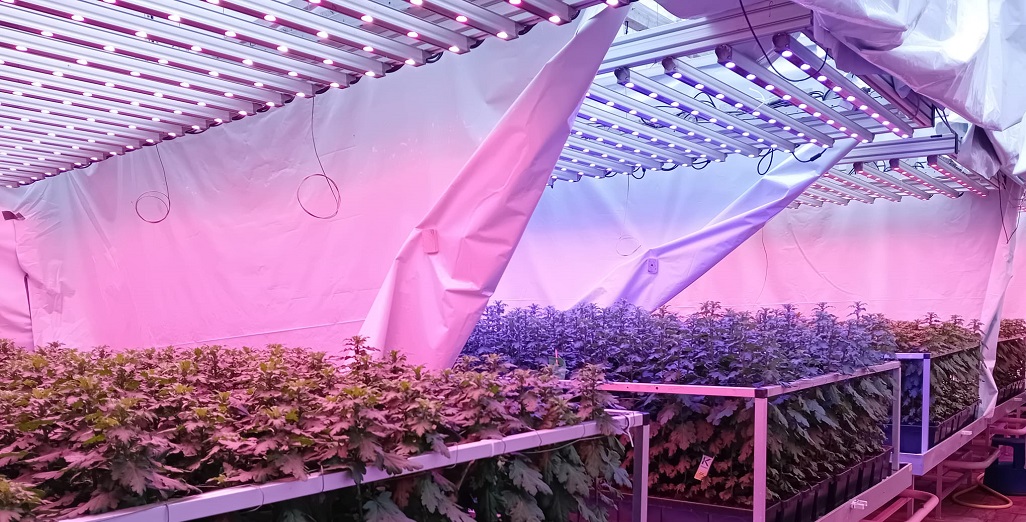Sign up here to subscribe to the Grower2grower Ezine. Every two weeks you will receive new articles, specific to the protected cropping industry, informing you of industry news and events straight to your inbox.
Feb 2019
Why Bumble Bee pressure is essential
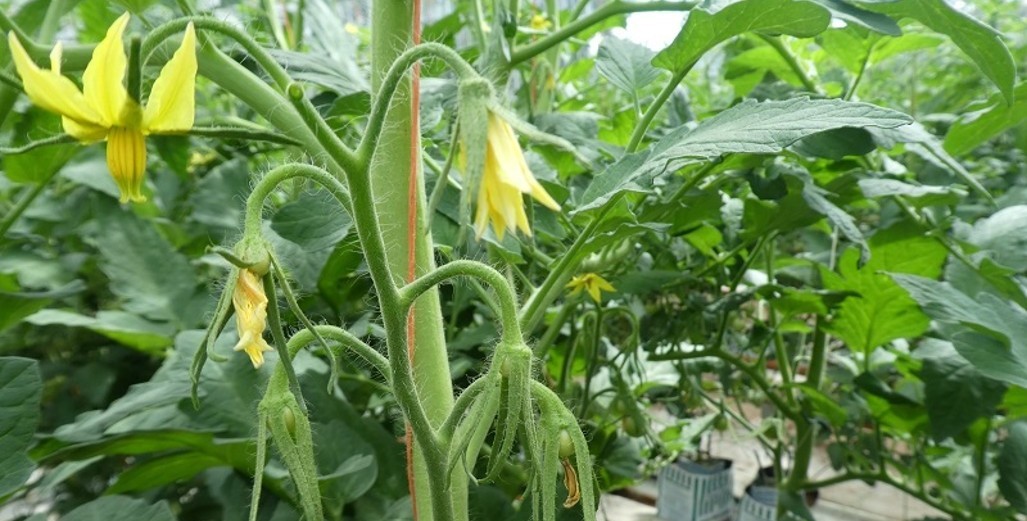
Setting in sequential order (Tomatoes)
During recent visits I have seen indifferent results with fruit pollintation/set on tomatoes. There are a multitude of reasons how or why poor setting will occur. Potentially caused from over loading, leading to plant stress, or simply not enough bee pressure could be one of multiple reasons. Since it has been extremely warm, I was tempted to blame poor pollination on bumble bees. However, at one property, where the plants were setting fourth truss, I came across the perfect setting all in sequential order on a very high percentage.
The most impressive aspect was only one or two flowers were open on any particular truss. The bees were working so well that as soon as the flower was open it was quickly visited and pollinated. The photo illustrates the sequential pollination. The first flower, now fruit is the biggest closely followed by the next four flowers with the sixth recently opening ready to be visited and pollinated by a bumble bee. It is very important that this occurs, now that the plant has set as quickly as nature will provide, the next truss can now take the energy it requires to repeat the process.
Crop registration forces you to take a close look at flowering verses set speed. If there are a lot of flowers open at any one time then the flowering speed could be too far in advance of the fruit set speed. I.e. too many flowers will be open indicating that pollination is slow to occur or not happening at all. The cost of miss-setting is real. To actively reduce this, take the time to understand how and why it could be happening. Bumble bees are the cheapest workers you will ever employ, no holidays, no overtime and when they fly into a cobweb you don’t have to ring Worksafe. If you are concerned a hive is not performing then call your supplier to order a booster hive. Bees are not robots and some hives might outperform or last longer than others, so I would be using the numbers from the crop registration to aid in reducing the risk of miss-setting.
The position you keep your bees is also important. Try to keep them around 1 metre from the head of the plant and semi-shaded. Using a thick polystyrene hat does the trick to reduce direct sunlight on the top of the box. If possible don’t stack new hives on top of old ones.
I appreciate your comments. Please feel free to comment below or on the grower2grower Facebook page:
https://www.facebook.com/StefanGrower2grower/
Article Written by Stefan Vogrincic, Consultant, Grower2Grower
Article Edited by Marie Vogrincic, Editor, Grower2Grower
CLASSIFIED
Subscribe to our E-Zine
More
From This Category

Ground cover: woven weed mat or solid plastic… or both?
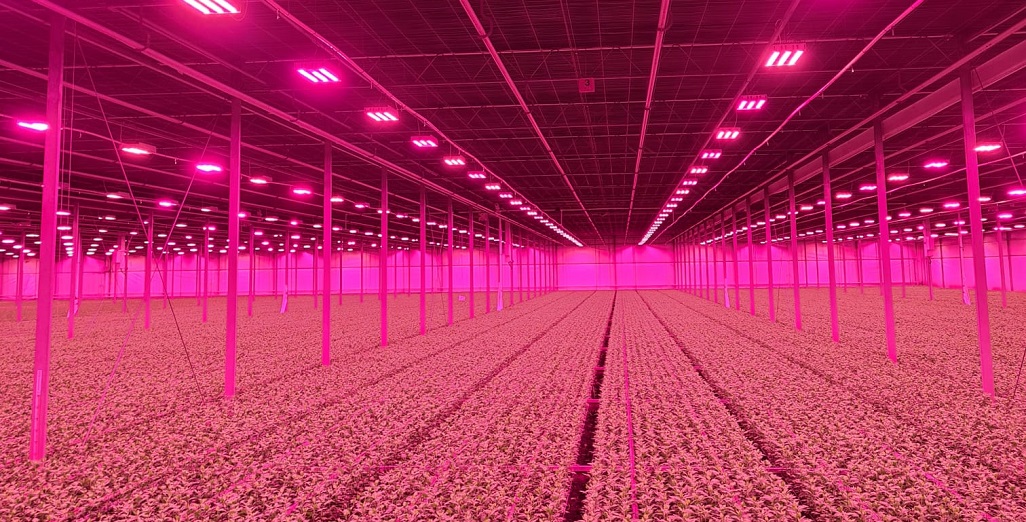
Integration of Philips GrowWise control system with climate computer allows Huisman Chrysanten to light more effectively and efficiently
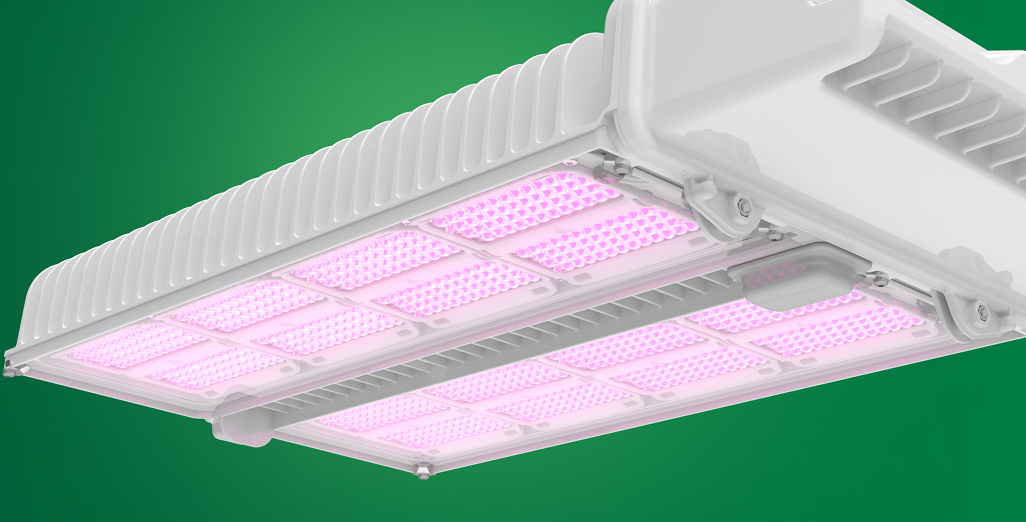
New Philips GreenPower LED toplighting force 2.0

Condensation re-visited
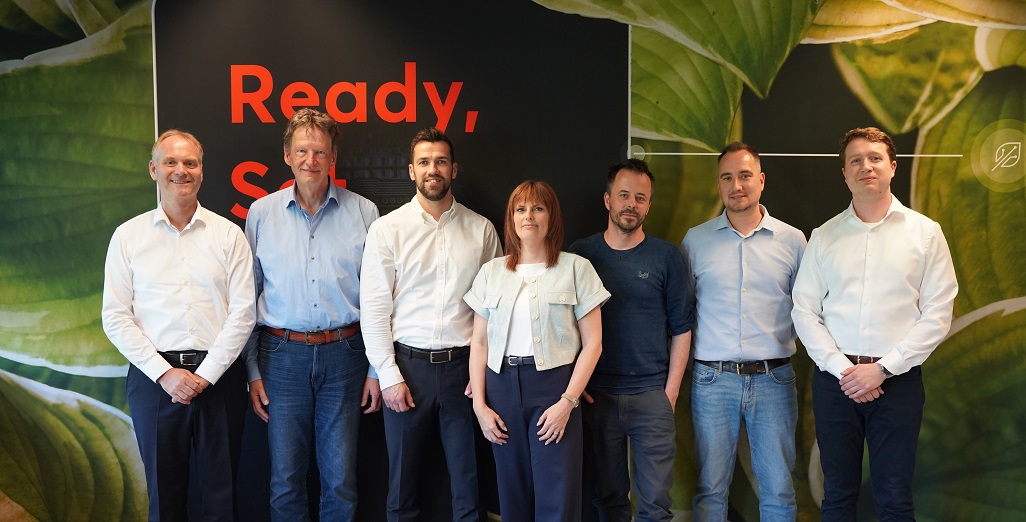
Philips GrowWise Research Center to test and showcase intelligent lighting
